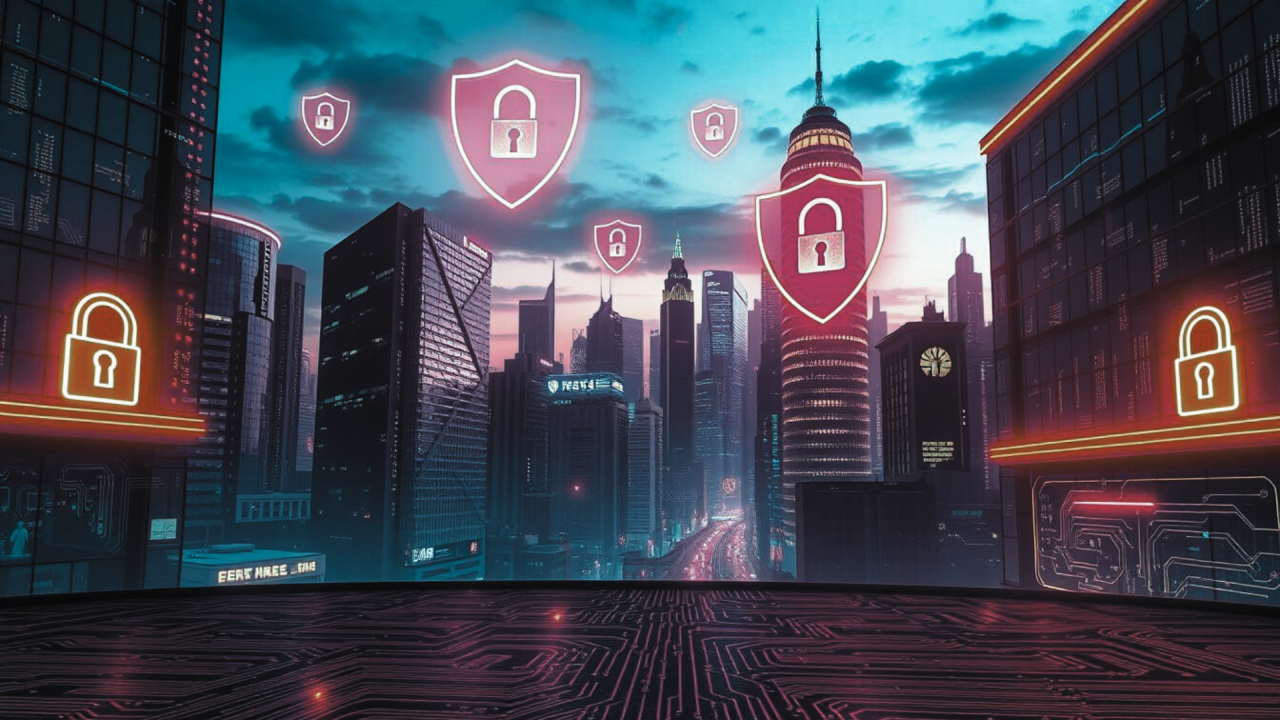
Cybersecurity Compliance: What Your Company Can’t Ignore
In today’s digital world, cybersecurity is no longer just an IT issue—it’s a business imperative. With cyber threats escalating in frequency and complexity, governments and industry bodies have implemented strict regulations to ensure organizations protect sensitive data. Cybersecurity compliance refers to adhering to these rules, and noncompliance can result in financial penalties, reputational damage, and legal consequences.
Whether you’re a startup or a multinational corporation, understanding and implementing cybersecurity compliance is non-negotiable. Here’s why it matters, what regulations you need to know, and how to stay ahead.
✅ What Is Cybersecurity Compliance?
Cybersecurity compliance is the process of following laws, standards, and regulations designed to protect the integrity, confidentiality, and availability of data. These frameworks often focus on:
-
Data protection and privacy
-
Risk assessment and mitigation
-
Incident response and reporting
-
Access controls and authentication
-
Ongoing monitoring and auditing
Unlike general cybersecurity best practices, compliance is mandatory—it’s enforceable by law or industry standards.
📜 Key Regulations and Standards to Know
Compliance requirements vary by industry, location, and type of data handled. Below are some of the most widely applicable:
1. GDPR (General Data Protection Regulation)
-
Who it applies to: Any business that handles the data of EU citizens.
-
Key points: Consent-based data collection, the right to be forgotten, mandatory breach reporting.
2. HIPAA (Health Insurance Portability and Accountability Act)
-
Who it applies to: U.S. healthcare providers and their business associates.
-
Key points: Protection of patient health information (PHI), secure storage and transmission of data.
3. CCPA/CPRA (California Consumer Privacy Act & Privacy Rights Act)
-
Who it applies to: Businesses that collect personal data from California residents.
-
Key points: Data access rights, opt-out options, transparency in data usage.
4. PCI-DSS (Payment Card Industry Data Security Standard)
-
Who it applies to: Any company that processes credit card payments.
-
Key points: Encrypting cardholder data, secure network configuration, regular security testing.
5. ISO/IEC 27001
-
Who it applies to: Organizations seeking a structured approach to managing sensitive information.
-
Key points: Comprehensive information security management systems (ISMS), risk assessment frameworks.
🚩 The Cost of Noncompliance
Ignoring compliance is not just risky—it’s expensive. Some consequences include:
-
Fines and penalties: GDPR violations can cost up to €20 million or 4% of annual revenue.
-
Reputational damage: Data breaches can erode customer trust.
-
Operational disruption: Investigations and lawsuits can halt business operations.
-
Loss of contracts: Many partners or clients require proof of compliance.
A 2023 IBM study found that the average cost of a data breach is $4.45 million. A significant portion of that stems from compliance failures.
🛠 How to Ensure Your Company Stays Compliant
1. Conduct a Risk Assessment
Evaluate the types of data you collect, store, and process. Identify potential vulnerabilities and threats.
2. Understand Applicable Laws
Know which regulations apply to your business based on geography, industry, and data type. This may require consultation with legal or compliance experts.
3. Implement Security Policies and Controls
Put technical safeguards in place such as firewalls, encryption, access controls, and secure authentication protocols.
4. Train Your Employees
Human error is a leading cause of data breaches. Ongoing cybersecurity training is essential for compliance.
5. Monitor and Audit Regularly
Use automated tools to continuously monitor for threats and compliance gaps. Regular audits help you stay ready for inspections or incident response.
6. Document Everything
Maintaining detailed documentation of your policies, controls, and audits is crucial if regulators come knocking.
🔄 Compliance Is Not a One-Time Task
Cybersecurity compliance is an ongoing process. Regulations evolve, threats change, and businesses grow. Companies must continuously adapt their security postures to meet new requirements and defend against emerging threats.
Final Thoughts
Cybersecurity compliance is about more than avoiding fines—it’s about building trust, safeguarding data, and ensuring long-term success. Businesses that prioritize compliance position themselves as credible, secure, and responsible partners in an increasingly digital economy.
In a world where one breach can undo years of progress, compliance isn’t just smart—it’s essential.
